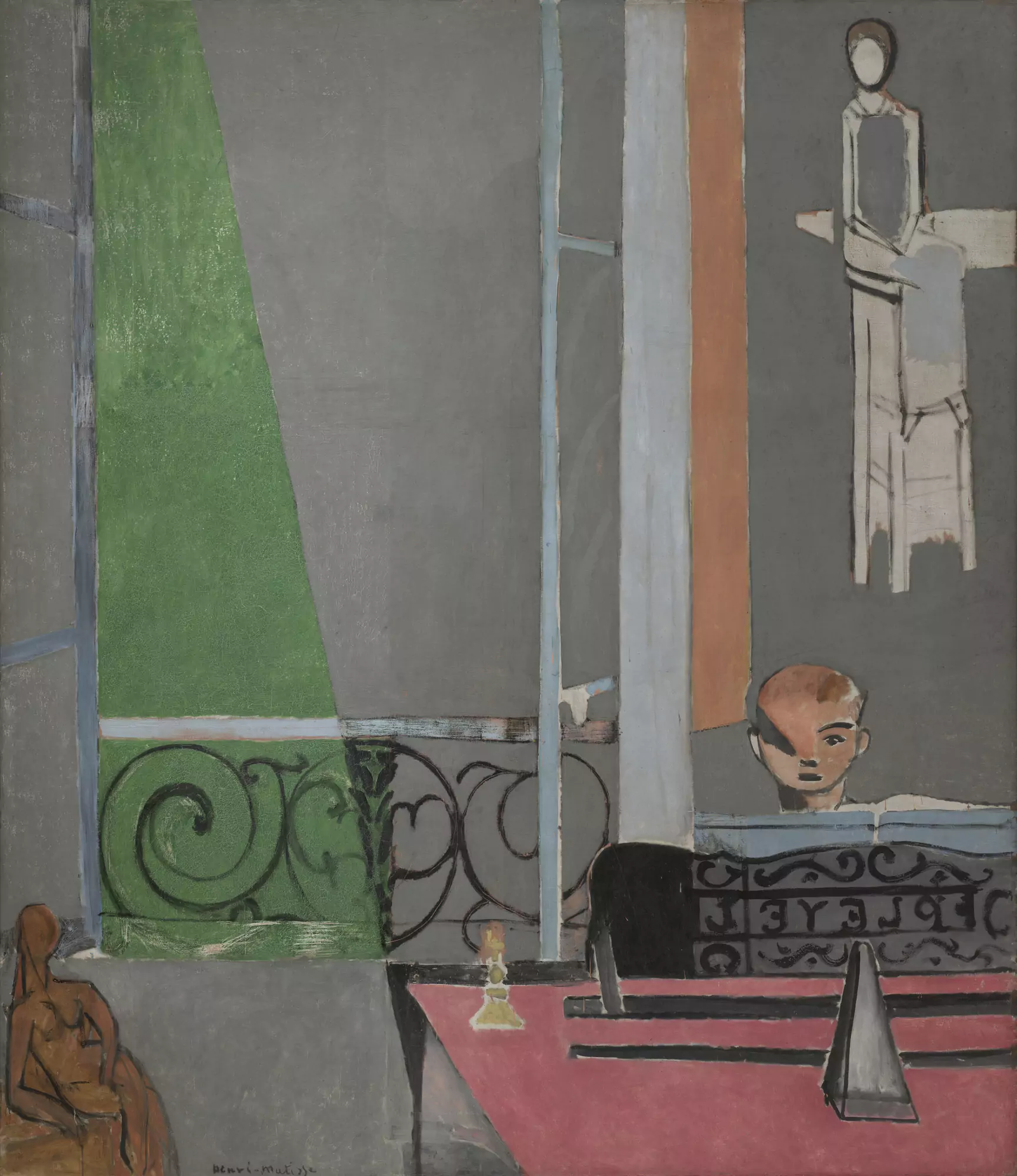Looking for a muse? Check no further. Discover the Best of Art, Culture, History & Beyond!

| Artist | Henri Matisse |
|---|---|
| Title | The Piano Lesson |
| Year | 1916 |
| Medium | Oil on canvas |
| Dimensions | 245.11 cm × 212.725 cm (96.50 in × 83.750 in) |
| Location | The Museum of Modern Art, New York |
Matisse’s ‘The Piano Lesson’ is a vision of discipline, beauty, and war.
Henri Matisse painted this inexpressibly moving work in the summer of 1916, at the height of World War I. The Battle of the Somme had begun, a horror unlike anything seen before. His mother was stranded behind enemy lines in his hometown of Bohain-en-Vermandois. His brother was taken prisoner in Germany. Matisse himself had twice attempted to enlist but was turned away—too old, his heart too weak. Instead, he did what he knew how to do. He painted.
The Piano Lesson is not a direct response to war, yet war saturates it. In the domestic stillness of his home, the pressure of an ungraspable world event builds, and Matisse channels it into a painting unlike any other. He wanted his works from this period to preserve what he called the picture’s “involution”—a radical distillation of feeling, a form of seeing stripped to its essential tensions.
A preliminary drawing for The Piano Lesson shows a boy seated at a piano, a garden visible through the window behind him. But in the final painting, Matisse has stripped almost everything away. The warm detail of the garden is gone, replaced by an expanse of muted gray, a stark, flattened world. The figures, the space, the colors—each is abstracted, reduced to its most forceful essence.
And yet, the painting moves. The Piano Lesson is full of rhythm, but it is the rhythm of rigor, of constraint. Look at the rigid triangles that dominate the composition: the pale wedge slicing across the boy’s face, the darkened form of the metronome, the stark geometry of the window. The triangular divisions echo like notes played in strict succession, their severity amplified by the cool, almost clinical palette. Only a few rebellious flourishes remain—curving ironwork on the balcony, the sinuous shape of a sculpted nude in the corner, a burst of unexpected pink.
What emotion is all of this expressing? What was Matisse feeling as he worked on it?
It is tempting to say The Piano Lesson is about childhood, or discipline, or domestic order. And it is all those things. But beneath them lies something deeper. Imagine: You are a father, your teenage sons are approaching military age. The war rages on. You do not know if they will be taken, if they will return. The world is spinning into chaos, and you struggle to maintain control, to impose order where none seems possible. Even in the quiet of your own home, the war presses in.
In The Piano Lesson, the boy—Matisse’s son Pierre—is at once absorbed and absent. He plays, but his face is featureless, his expression erased by the pale triangle of light. Behind him, a ghostly, bleached-out figure—a painting within the painting—looms, a silent teacher or perhaps an emblem of duty, of expectation.
Matisse has built this canvas not only through painting but through a process of scraping away, layering, overpainting, leaving behind traces of every decision. He wanted the struggle of making the image to be visible. The result is a painting that resists easy beauty, that locks the viewer into its tense, urgent stillness.
The painting is not warm. It is not comforting. But it is profound. The Piano Lesson is not just an image. It is an object of contemplation, something to be returned to again and again. It holds time still. It makes us feel, as Matisse must have felt, the fragility of life and the weight of love.

This article is published on ArtAddict Galleria, where we explore the intersections of art, history, and culture. Stay tuned for more insights and discoveries!



